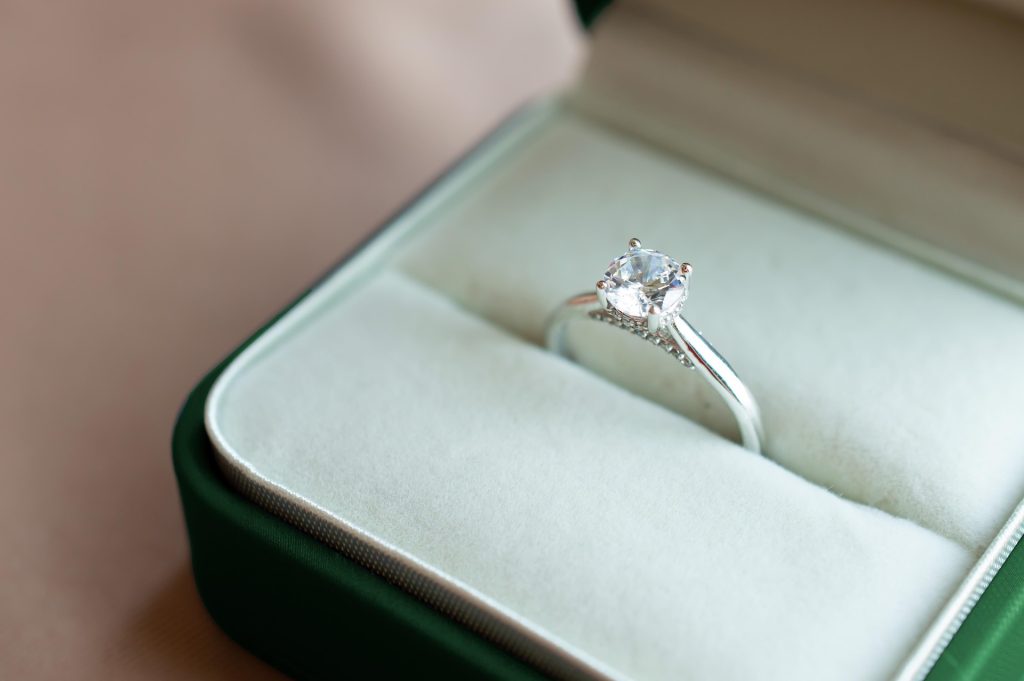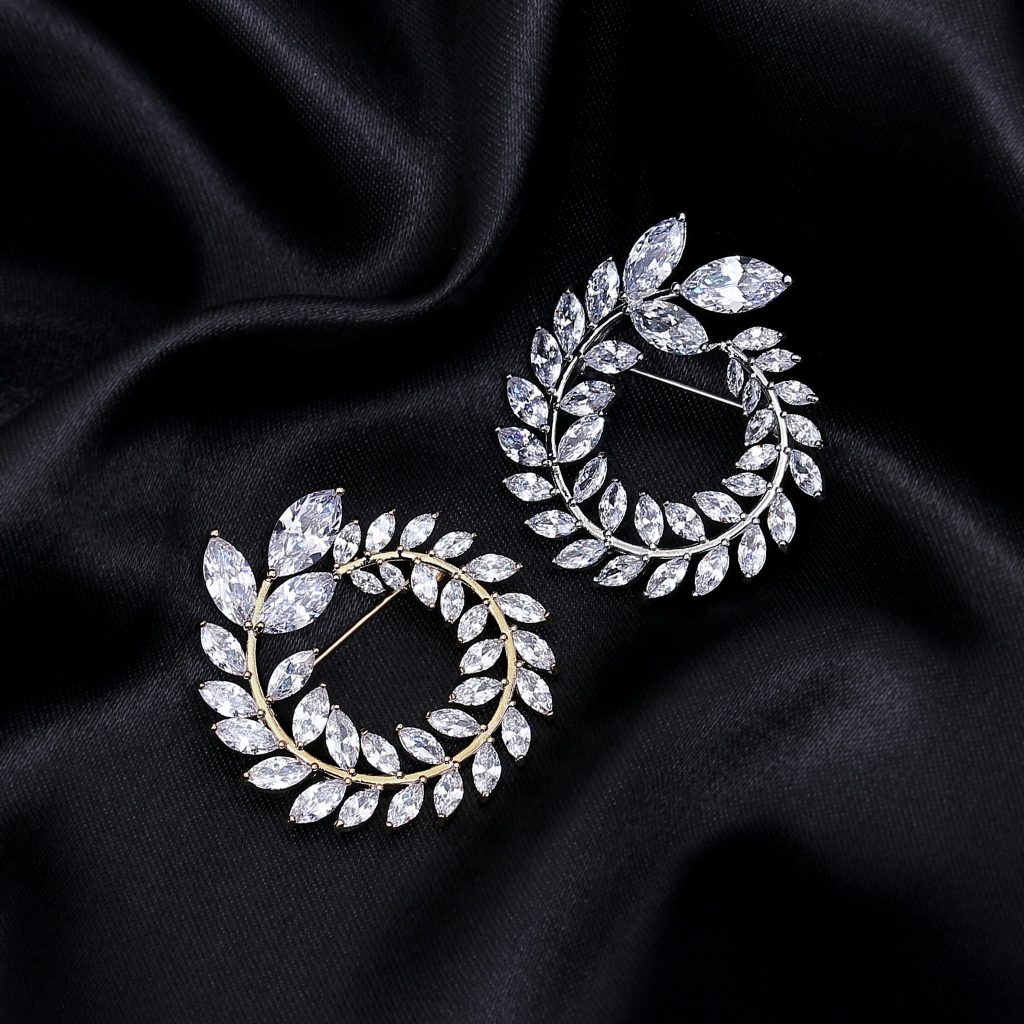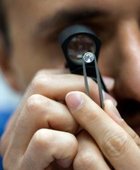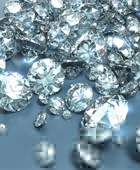Understanding the Environmental Impact of Traditional Diamonds
The diamond mining industry has long been associated with significant environmental and ethical concerns. Traditional diamond extraction, especially open-pit and underground mining, often leads to substantial land degradation, deforestation, and biodiversity loss. Mining operations can displace ecosystems and communities, while water sources are frequently contaminated by the chemicals used in processing. Moreover, these operations require large amounts of fossil fuels, contributing to carbon emissions and climate change. The global supply chain for mined diamonds also tends to be energy-intensive and difficult to trace, making it harder for consumers and sellers to ensure that diamonds are sourced sustainably. In regions where governance is weak, diamond mining may also support exploitative labor conditions, further complicating the ethical profile of these gemstones. For environmentally conscious buyers and responsible sellers, these drawbacks create a strong incentive to seek out alternatives that offer the same visual and symbolic value without contributing to environmental degradation or unethical labor practices.

Lab-Grown Diamonds: A Sustainable Substitute?
One of the most well-known alternatives to mined diamonds is the lab-grown diamond, which is chemically and physically identical to its natural counterpart. These diamonds are produced using two main techniques: High Pressure High Temperature (HPHT) and Chemical Vapor Deposition (CVD). Both processes require energy, but the overall environmental footprint is significantly lower than that of traditional mining. When powered by renewable energy sources, lab-grown diamonds can offer a dramatically reduced carbon footprint. In addition to being more environmentally sustainable, they also tend to be free from the ethical complications associated with conflict diamonds. For sellers, lab-grown diamonds represent a growing market segment with increasing demand from younger consumers who value sustainability and transparency. For buyers, these stones provide an opportunity to obtain high-quality, certified diamonds at a lower cost while aligning their purchases with eco-conscious values. However, some critics argue that the perception of lab-grown diamonds as less valuable than mined diamonds could affect resale value, which is an important consideration for long-term investment.
Moissanite: The Popular and Budget-Friendly Choice
Moissanite is another compelling alternative for buyers and sellers interested in eco-friendly gemstones. Originally discovered in meteorites and now created in laboratories, moissanite is composed of silicon carbide and is known for its exceptional brilliance and fire. Though it differs chemically from diamonds, moissanite is extremely hard—second only to diamonds on the Mohs scale—and highly durable, making it suitable for everyday wear. Because it is created in controlled laboratory settings, moissanite does not involve mining and has a far lower environmental impact. It is also significantly more affordable than both mined and lab-grown diamonds, which makes it an attractive choice for budget-conscious buyers who do not want to compromise on visual appeal. For sellers, moissanite offers high profit margins and a rapidly expanding consumer base, particularly among individuals who prioritize value and sustainability over traditional branding. While moissanite lacks the cultural cachet of diamonds, its environmental credentials and affordability are increasingly making it a mainstream option.
Recycled Diamonds: An Ethical and Eco-Conscious Option
Recycled diamonds, also known as reclaimed or repurposed diamonds, are another sustainable option gaining traction among environmentally aware consumers. These are diamonds that have previously been set in jewelry and are re-entering the market through resale, inheritance, or refurbishing. Since they have already been mined, purchasing recycled diamonds avoids the environmental costs of new extraction. They can be recut, repolished, and certified just like new diamonds, making them indistinguishable in appearance and quality. For buyers, recycled diamonds offer the opportunity to own a unique, often vintage, piece with historical significance and a reduced environmental footprint. For sellers, dealing in recycled diamonds provides a niche yet expanding market segment that aligns with circular economy principles. It is also a way to stand out by offering ethically sourced stones that meet the increasing demand for transparency and sustainability. However, accurately appraising and certifying recycled diamonds can be complex and requires trust and expertise from reputable dealers.

Alternative Gemstones: Ethical Choices Beyond Diamonds
In addition to lab-grown diamonds, moissanite, and recycled stones, a range of natural but more sustainable gemstones offer eco-conscious alternatives for those seeking beauty without the environmental impact of traditional diamonds. Sapphires, rubies, and emeralds are among the most popular colored gemstone options, and when sourced responsibly, they present far fewer ecological and ethical challenges than diamond mining. Some mining operations for these gemstones are small-scale and community-based, with lower overall environmental impact and greater traceability. For instance, Fair Trade and conflict-free certifications for colored gemstones are increasingly available, providing reassurance to buyers and sellers alike. Synthetic versions of these gems are also widely available and carry many of the same benefits as lab-grown diamonds in terms of sustainability and affordability. While they do not possess the cultural symbolism of diamonds—especially in engagements or weddings—colored gemstones offer an appealing option for consumers who prioritize ethical sourcing and originality. Sellers can tap into this trend by educating buyers on these alternatives and emphasizing the story behind each stone.
Certification, Transparency, and the Role of Technology
One of the key aspects buyers and sellers must consider when dealing with eco-friendly diamond alternatives is certification and traceability. Third-party verification is critical for establishing the ethical and environmental claims of any gemstone, whether lab-grown, recycled, or otherwise. Certifications from organizations like the Gemological Institute of America (GIA) and International Gemological Institute (IGI) are important in verifying a gem’s quality and origin. New technologies such as blockchain-based tracking systems are also revolutionizing transparency in the gemstone market, allowing every step of a gem’s journey—from creation or mining to final sale—to be documented and authenticated. For sellers, embracing these innovations can build trust and differentiate their offerings in a crowded market. Buyers, in turn, are increasingly aware of greenwashing and may demand hard evidence of sustainability claims. Full transparency regarding environmental practices, energy sources, and labor conditions can significantly influence purchasing decisions and loyalty in the ethically conscious consumer segment.
Market Trends and Consumer Behavior
Eco-friendly diamond alternatives are rapidly gaining popularity, especially among Millennials and Gen Z buyers who place a premium on sustainability, ethics, and authenticity. According to market research, these demographic groups are more likely to question the provenance of products and avoid items associated with human rights abuses or environmental harm. This has led to a surge in demand for lab-grown diamonds and other alternatives, influencing even established luxury brands to adapt their product lines accordingly. Social media also plays a critical role, as platforms like Instagram and TikTok amplify consumer awareness and advocacy for responsible consumption. Sellers must stay informed about these shifting preferences and tailor their marketing to highlight transparency, sustainability, and affordability. Buyers, for their part, are becoming more educated and selective, often conducting extensive research before making a purchase. As eco-friendly jewelry continues to trend upward, businesses that invest in ethical sourcing and customer education are likely to gain a significant competitive edge.
Challenges and Considerations in the Eco-Friendly Market
Despite their many advantages, eco-friendly diamond alternatives are not without challenges. One major issue is the lack of standardized definitions and certifications across the industry, which can create confusion and skepticism among buyers. Terms like “sustainable,” “ethical,” and “eco-friendly” are often used loosely, sometimes without proper verification. Additionally, lab-grown diamonds, while environmentally friendlier, still consume energy—especially if not powered by renewable sources—which can undermine their green image. Another challenge is the resale value of alternatives such as lab-grown diamonds and moissanite, which can be lower than that of mined diamonds. For sellers, it is crucial to manage consumer expectations regarding long-term value. There is also a need for ongoing consumer education, as many people remain unaware of the differences between diamond types and the broader ethical implications. Transparency, certification, and open communication can help overcome these hurdles and build trust in a growing but still maturing market segment.
Conclusion: Moving Toward a More Ethical Jewelry Industry
The demand for eco-friendly diamond alternatives reflects a broader shift toward ethical consumerism and environmental responsibility. As the industry evolves, both sellers and buyers have an opportunity to lead the way in creating a more transparent, accountable, and sustainable market. From lab-grown diamonds and moissanite to recycled gems and responsibly sourced colored stones, the range of alternatives is wider and more accessible than ever before. Sellers can benefit by diversifying their offerings, adopting transparent supply chain practices, and educating consumers about the benefits of eco-conscious purchasing. Buyers, meanwhile, can make informed choices that align with their values, supporting ethical labor practices and minimizing environmental harm. By embracing innovation, promoting accountability, and fostering trust, both sides of the market can contribute to a jewelry industry that is not only beautiful but also responsible and future-focused.




